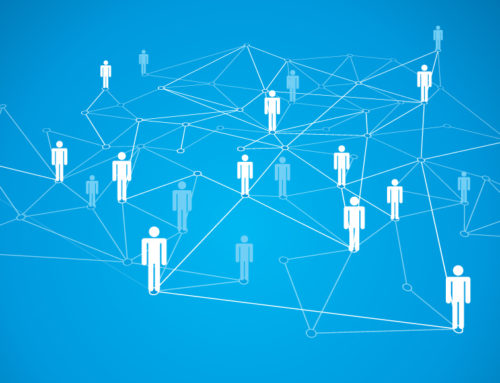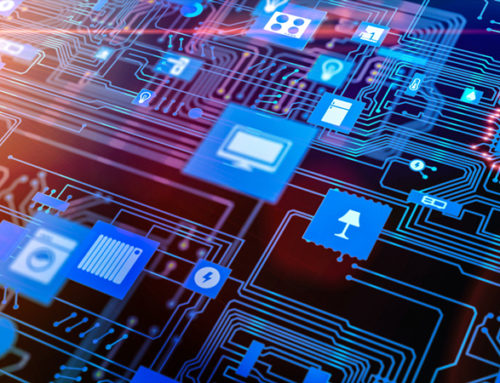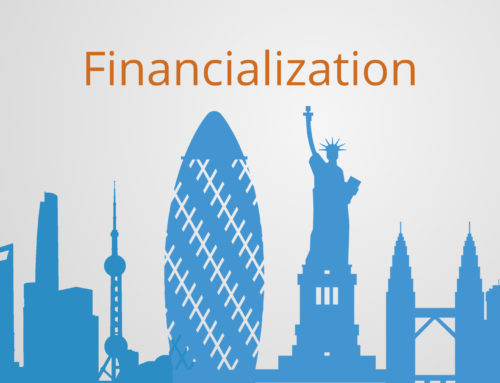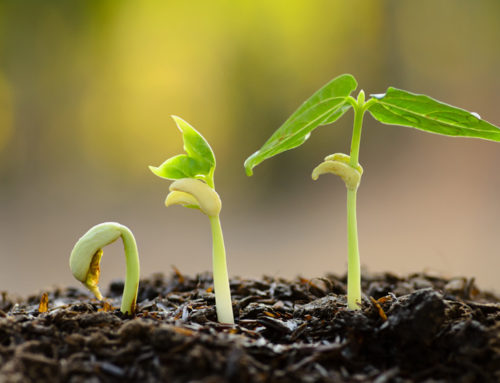Sustainable Development
The 20th Century, driven by scientific and technological advances, was a time of remarkable change for human civilization. But it was also a century when the extraction of many natural resources began for the first time in history to follow an essentially exponential growth path. The extraction of construction materials grew by a factor of 34, ores and minerals by a factor of 27, fossil fuels by a factor of 12, and biomass by a factor of 3.6. As we all know exponential growth or decay of any kind spells one thing, unsustainability.
Sustainable development can be identified as the central challenge of the 21st Century, one that crosses all domains. Sustainable development is typically understood with reference to the future availability of resources. A typical definition of sustainable development would read something like this; sustainable economic growth is economic development that attempts to satisfy the needs of humans but in a manner that sustains natural resources and the environment for future generations. Sustainable economic growth is managing these resources in a manner that they will not be depleted and will remain available for future generations.
But this interpretation of sustainability is really quite a limited definition, it simply tells us about the outcomes of sustainable or unstainable activity. It does not tell us about the actual dynamics at play that make a system more or less sustainable, which is really what is needed to make the concept more concrete. In the language of systems theory, sustainability is more about the relationship between a system and its environment. It is a function of the rate and volume of resources consumed and the level of negative externalities produced by the system. The faster and more it consumes the environment’s resources and the more negative externalities it exports back to the environment, the less sustainable it can be said to be. This is a function of the size of the economy - how many people are there and how much do they consume - but just as importantly the degree of efficiency to those economic processes.
Our global economy is developing rapidly whether we like it or not, billions more people will be added to the plant in the coming decades and billions more will move up into the middle class to demand more resources. This economic development offers many benefits to those in developing economies, significantly improving their quality of life as it delivers, education, basic health care, clean water, food, recreation etc. These are things that we can not deny to anyone, but how then do we square the circle, between demanding more to fuel this development and the limits of natural ecosystems.
The question is how do we grow an economy while having less impact and this really means two things, reducing the level of resource consumption and reducing the negative externalities. This is essentially a question of efficiency, increases in efficiency ticks both of these boxes, but only efficiency in a holistic sense of how well the whole system works, not simply the efficiency of some subsystem. Overall efficiency means you can do more with less and it also means that you produce less waste and negative externalities.
“The trends in resources imply that to maintain stable future economies and natural life support systems, resource productivity increases would need to be greater than the rate of economic growth for the world as a whole.” - UNEP
Macro Efficiency
We can think about sustainable development then as a function of efficiency, if we develop an economic system at a low level of efficiency then it will be unsustainable, consuming more and producing more negative externalities - for example we might think of the many coal power plants that have fueled China’s economic development which have now led to high levels of air pollution and CO2 emissions. Improving the overall efficiency of natural resource utilization is called decoupling, decoupling the amount of energy and materials used to produce some unit of economic development, decoupling means you can grow the economy while producing less waste and using less resources. We get environmental degradation and an unsustainable dynamic when we develop the economy rapidly while it remains inefficient and coupled to resource demand.
Most people choose the course of least resistance trying to achieve the best outcome with the minimal investment of time, energy and other factors that they value. They choose a course that “fits in” with their environment, that represents the best course given the constraints. But this often represents the least efficient overall solution with the greatest overall negative externalities - China’s coal power plants again being a good illustration of this - which we then try and constrain. If we want to change some unsustainable course of action, there are really just two basic approaches, you can try and control the activity by constraining its behaviour to some desired subset of activity, or you can create a better solution that makes the existing detrimental solution look irrelevant, create a better overall solution that is also an easier option than the existing one.
We have already tried, for a long time, the first option of constraint, this is largely what the environmental movement has done, tried to prevent people from doing things through conservation, but conservationism seems to have had limited success. Developing a truly sustainable economy won’t come from conservation, constraints and top-down management. It will actually mean creating the future instead of trying to control the past. This means creating a better model that makes the existing solution irrelevant. Building economic and business models that offer both viable and sustainable solutions, making the course of least resistance the course that is also most efficient and sustainable, no small ask.
Decoupling
Achieving economic development while reducing environmental impact may be called decoupling, the decoupling of resource demand and externalities from economic development, which is essentially about efficiency, doing more with less. The OECD may be credited with being the first international organization to have adopted the concept of resource decoupling, treating it as one of their main objectives. Decoupling can either reduce the use of resources absolutely as an economy grows or only relatively. With relative decoupling, the rate of increase in resource use is lower than the growth rate of the economy. With absolute decoupling, in contrast, resource use declines, irrespective of the growth rate of the economy. Absolute reductions in resource use are rare; they can occur only when the growth rate of resource productivity exceeds the growth rate of the economy.
We have already seen much relative decoupling within post-industrial economies through efficiency gains in areas such as housing and transportation, for example, lighter cars mean they consume less energy resulting in decoupling. But achieving the kind of major leap in absolute decoupling that would be required to meet the demands of the environmental crisis, this we are far from achieving. Achieving true decoupling will mean more than efficiency gains within narrow specific subdomains, it will require macro level integration and synergies across the whole economy in order to achieve the kind of coordination that would deliver radical jumps in overall efficiency. Macro level integration could achieve decoupling and the kind of dematerialization required for sustainable development in a world of 9 billion plus people.
Systems Solutions
Achieving this quantum leap through macro-level economic integration and synergies really require a different approach to our existing industrial solutions that have become largely compartmentalized on the macro level. It means looking outside the box of the different domains, developing networks and platforms that cut across those domains, enable transparency, cross-domain collaboration and synergistic solutions to emerge.
Whereas we traditionally try to achieve efficiency by focusing on some specific technology or domain optimizing it in isolation; making more efficient lightbulbs, cars or houses. But the real overall efficiency gains today are not so much in these individual components as in enabling synergies between different systems. In the 20th Century we achieved ever greater efficiency gains through centralization and specialization, but today we have to a large extent reached peak productivity gains from this process. Today with information technology’s capacity to interconnect components parts, the gains in efficiency and productivity are more in networking different technologies and solutions into service systems that create synergies between the different elements, thus doing more with less. The next generation circular service business model is all about connections and synergies. Instead of selling “things” it is about selling solutions that network many different products to enable synergies between them, doing more with less, resulting in dematerialization. So here are our three key ideas for enabling a sustainable economic and business model through intelligent design and connectivity that drives dematerialization, more functionality and the need for less “stuff.”
Firstly, systems thinking, seeing and looking for the connections within the whole system, because this is where the real leverage lies, the more disparate and diverse the connections the greater the possible synergies and emergent capabilities. In many ways this could be the definition of innovation, being able to see the connections between things that others have not and being able to actually put them together into a functioning system that delivers greater functionality.
Second feedback loops: looking at how different processes can complement each other through the exchange of waste resources. Waste is everywhere in our current linear model, Amory Lovins of the Rocky Mountain Institute estimates that the material that we extract from the planet totals about 20 times the body weight of a person, per person per day - and 99% of it ends up as waste in a landfill within 6 months. The possibilities for the design of intelligent feedback loops, building symbiotic networks of connections between industries, to capture this are endless.
Third, thinking in networks and access: How do we do more with less, dematerialize the economy? We build connections instead of things, we deliver access instead of products. Just look at your average city and you will see cars parked almost everywhere being used on average only about 5% of the time, while at the same time we go on buying more cars. 95% of that function is locked up in the fact that it is a product, not a service, if we just look at the car as a service then this could be flipped around from what it currently is, 95% “thing” and 5% function, to 95% functionality and 5% “thing.”
From this perspective, sustainability is really about intelligent design, the organization of things into functioning systems that can do more with less. This is why it is a knowledge and information age, it is the knowledge, the intelligence that enables us to design these systems better, to see the synergies, and the information that enables the implementation of that to real time organization and coordination. It is the optimization of the connections between things and not the things themselves that enables the real efficiencies, dematerialization and ultimately the potential for a sustainable process of development.





